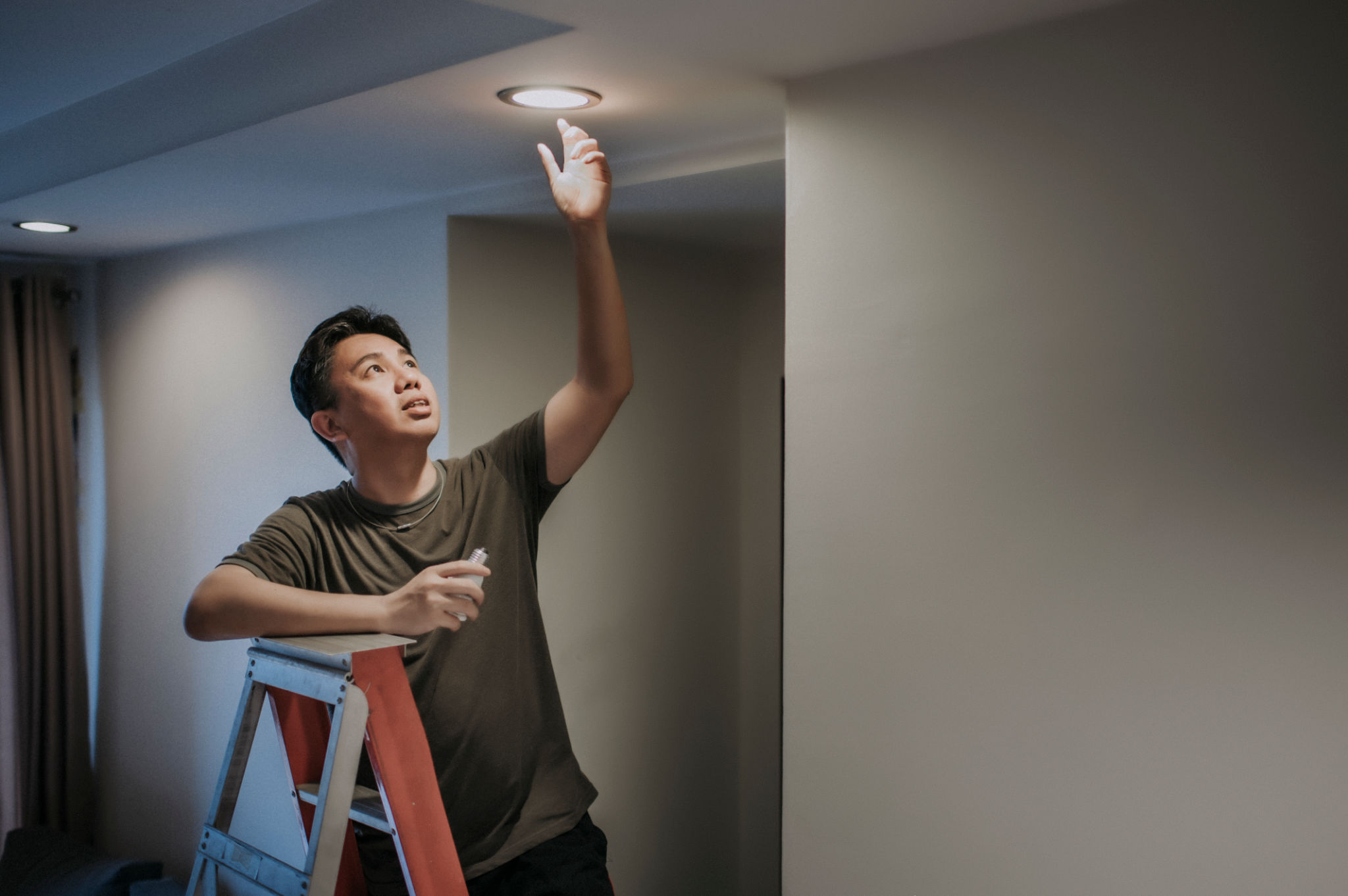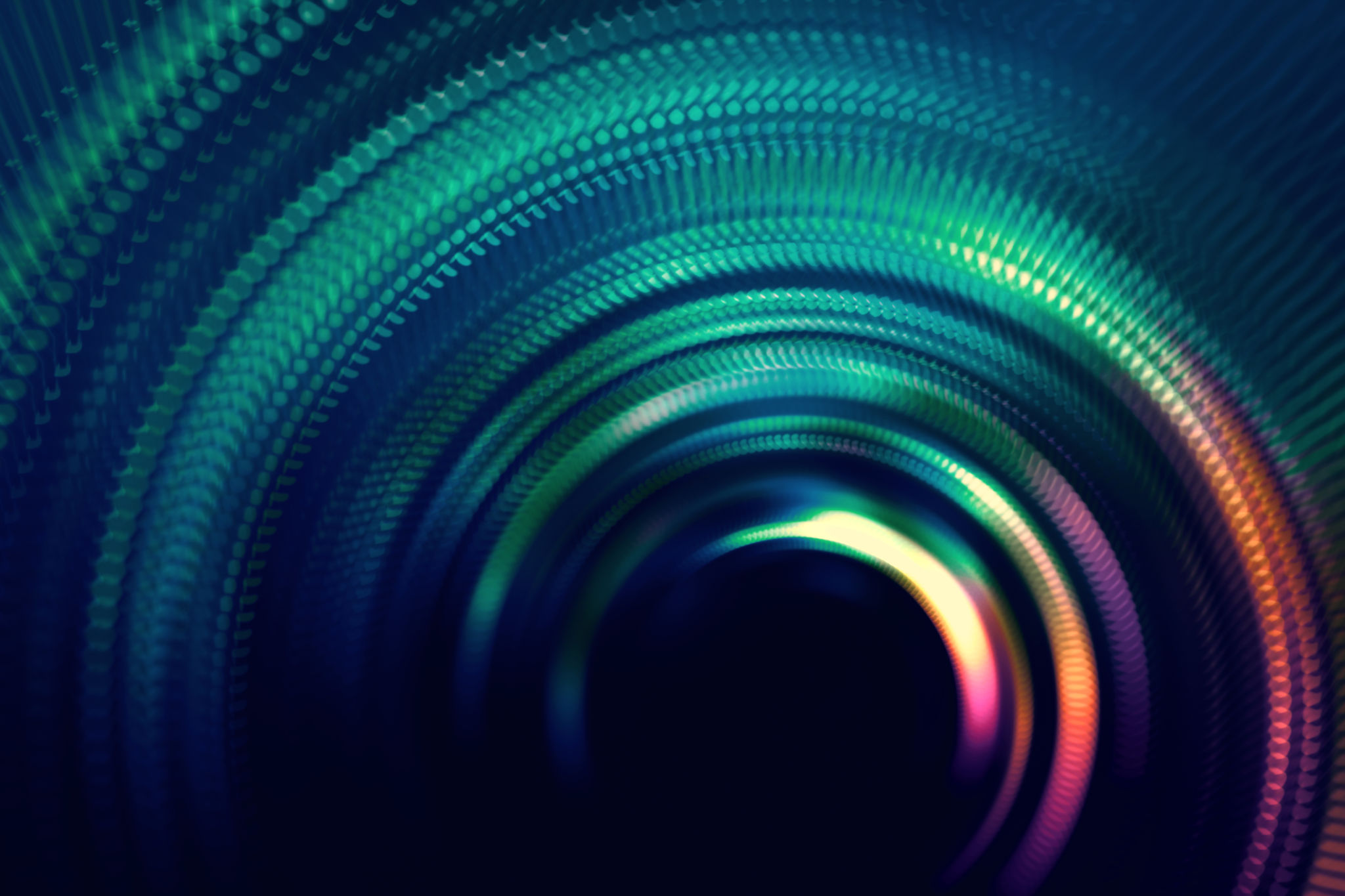How to Maintain Your Industrial LED Systems for Long-Term Efficiency
Understanding the Basics of Industrial LED Systems
Industrial LED systems have gained immense popularity due to their energy efficiency, durability, and cost-effectiveness. These systems are designed to provide optimal lighting in industrial settings, reducing energy consumption while maintaining high performance. However, to ensure that your LED systems continue to function efficiently over time, it's essential to implement regular maintenance practices.
Maintenance of industrial LED systems not only prolongs their lifespan but also ensures that they operate at maximum efficiency, resulting in substantial cost savings and reduced environmental impact. By investing time in understanding the basic components and functioning of your LED systems, you can implement effective maintenance strategies.

Regular Inspection and Cleaning
One of the most critical aspects of maintaining your industrial LED systems is conducting regular inspections. This involves checking for any physical damage, wear and tear, or signs of malfunction. Regular inspections allow you to identify potential issues early, preventing costly repairs or replacements.
Cleaning your LED fixtures is another essential maintenance task. Dust, dirt, and grime can accumulate on the surfaces of LED lights, reducing their brightness and efficiency. Use a soft cloth and a non-abrasive cleaner to gently clean the fixtures. Avoid using harsh chemicals that could damage the LED components.
Scheduling Routine Maintenance
Establishing a routine maintenance schedule is crucial for long-term efficiency. Depending on your industrial environment and usage, schedule maintenance activities weekly, monthly, or quarterly. Consistent upkeep will help in identifying minor issues before they escalate into major problems.

Monitoring and Adjusting Light Levels
Industrial LED systems often come with adjustable settings that allow you to control light intensity. Regularly monitor the light levels in your facility to ensure they meet operational needs without being excessive. Adjustments can be made to save energy and enhance the lifespan of the LEDs.
Utilize smart control systems that offer automated dimming and monitoring features. These systems can track energy usage and performance metrics, providing insights that help in making informed decisions about light adjustments and energy savings.
Replacing Faulty Components
Over time, some components of your LED system may become faulty or less efficient. It’s important to replace these components promptly to maintain overall system efficiency. This includes replacing burnt-out LEDs, worn-out drivers, and damaged wiring.
Keep a record of all replacements and repairs conducted. This log will be invaluable in tracking the performance of your LED system over time and identifying recurring issues that might require professional intervention.

Partnering with Professionals
While regular inspections and minor repairs can be handled in-house, it's beneficial to partner with professional service providers for comprehensive maintenance. Experts can offer specialized services like thermal imaging inspections, electrical testing, and advanced diagnostics to ensure your LED systems are functioning optimally.
Choose a service provider with a strong reputation in the industry and experience with industrial LED systems. Professional maintenance not only enhances the efficiency of your systems but also extends their operational life.
Staying Updated with Technological Advances
The field of LED technology is continuously evolving, with new innovations enhancing efficiency and performance. Stay informed about the latest developments in LED technology and consider upgrading or retrofitting your systems when beneficial advancements are available.

By following these maintenance strategies, you can ensure that your industrial LED systems remain efficient and reliable over the long term. Investing in proper care and maintenance will lead to significant cost savings, reduced energy consumption, and an overall better lighting environment in your industrial facility.